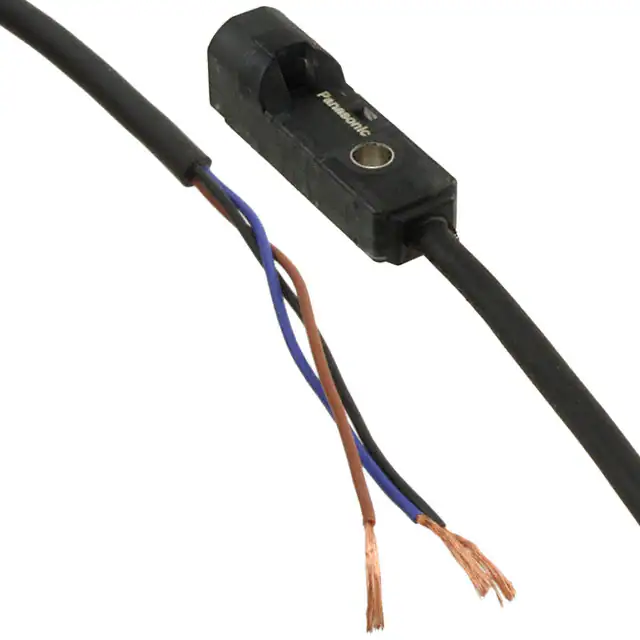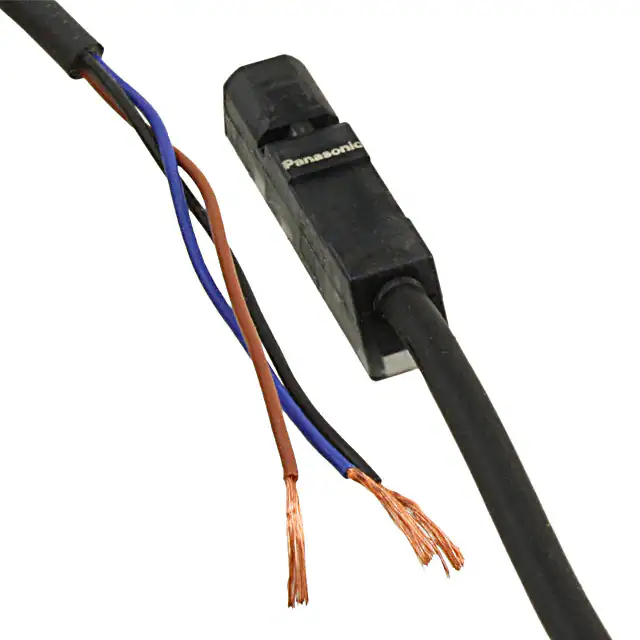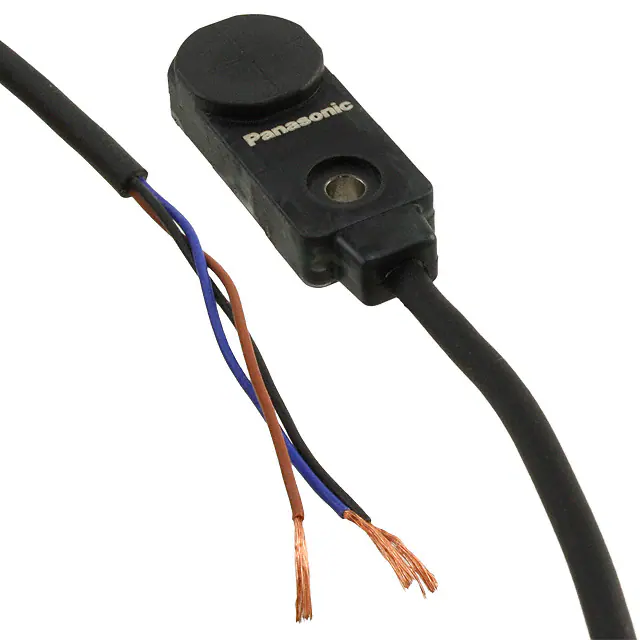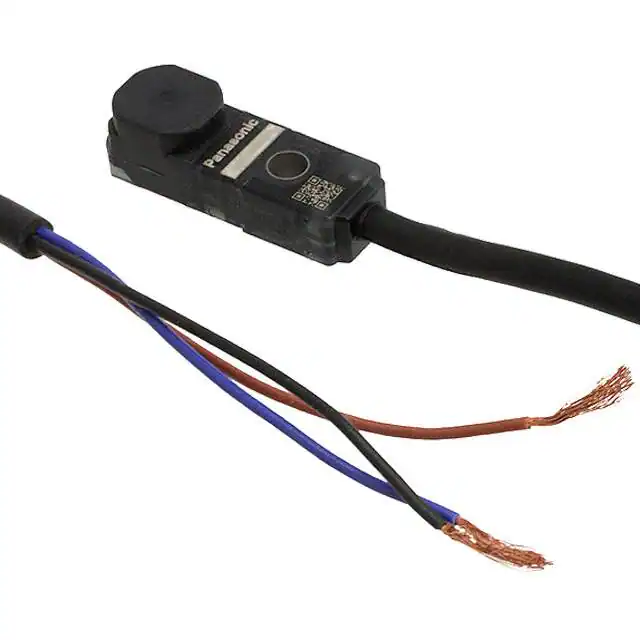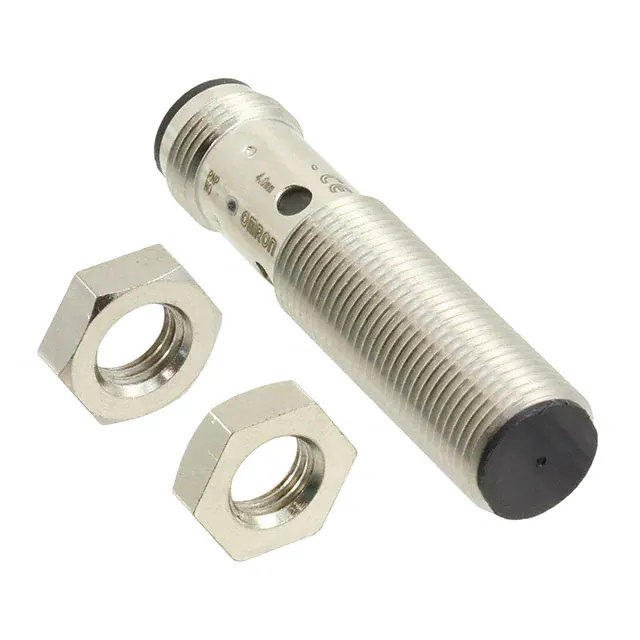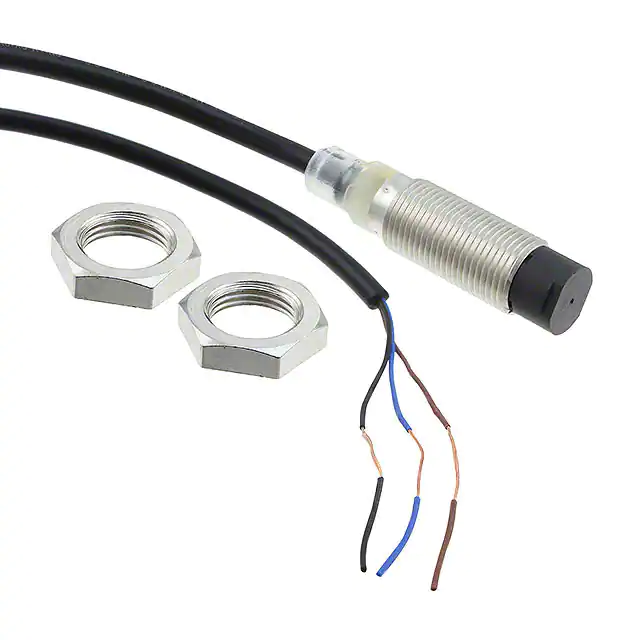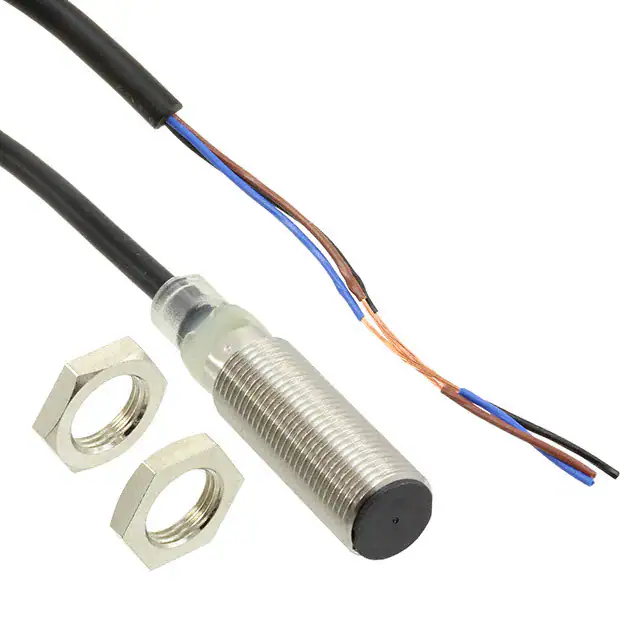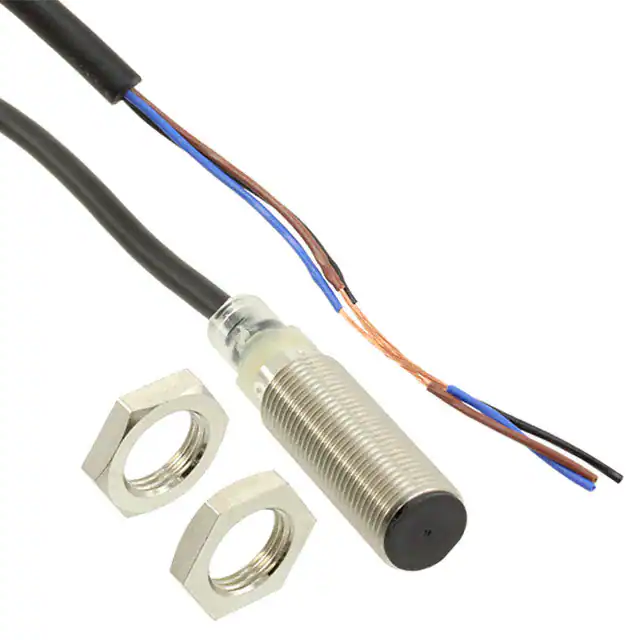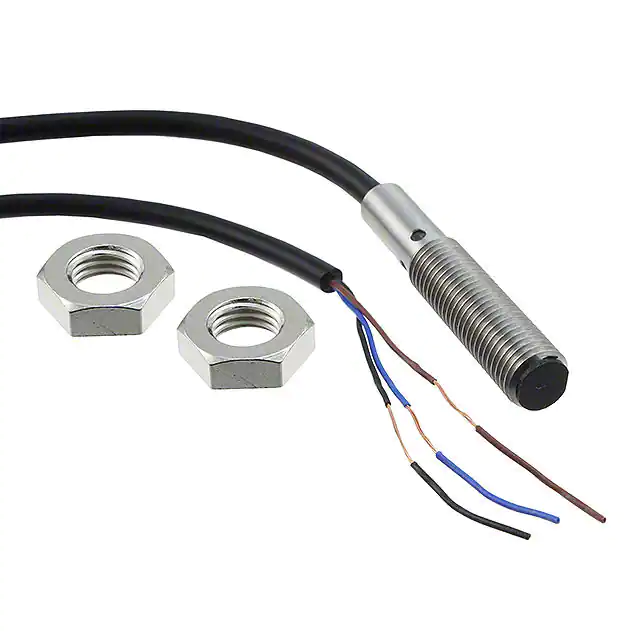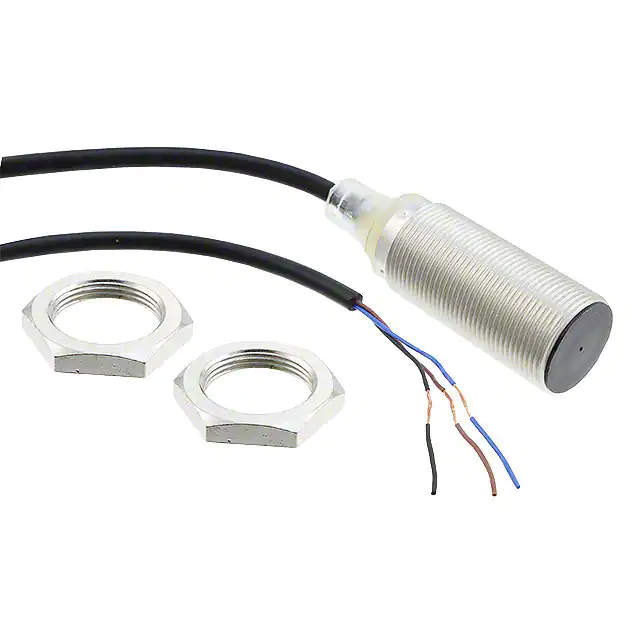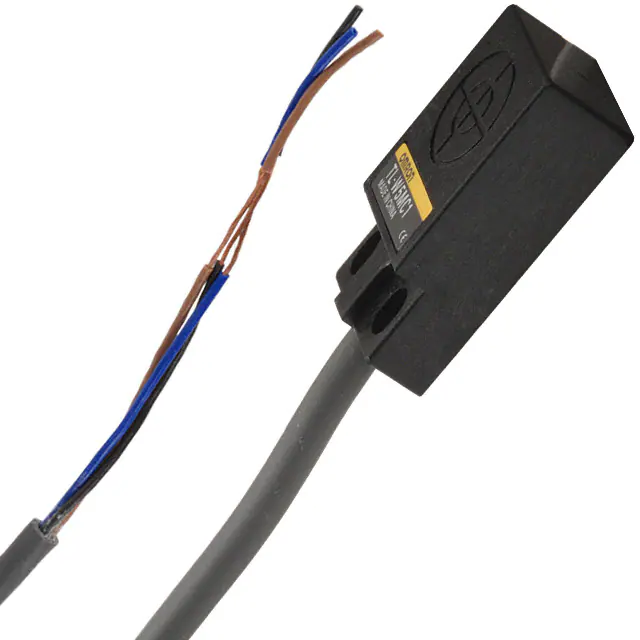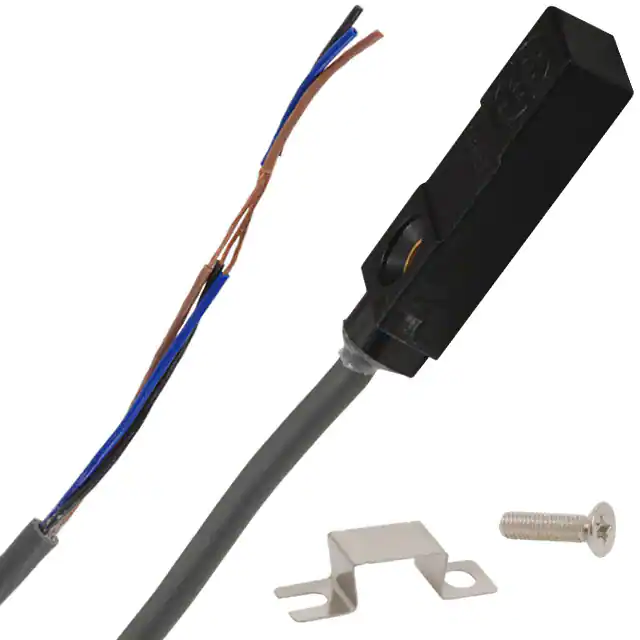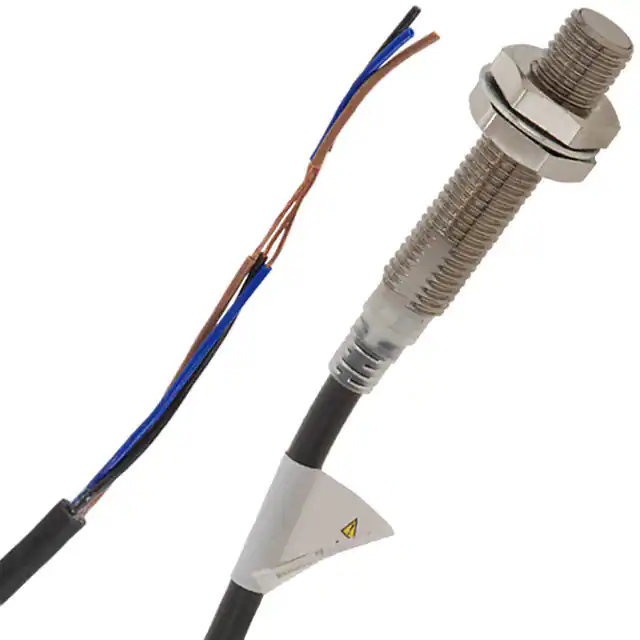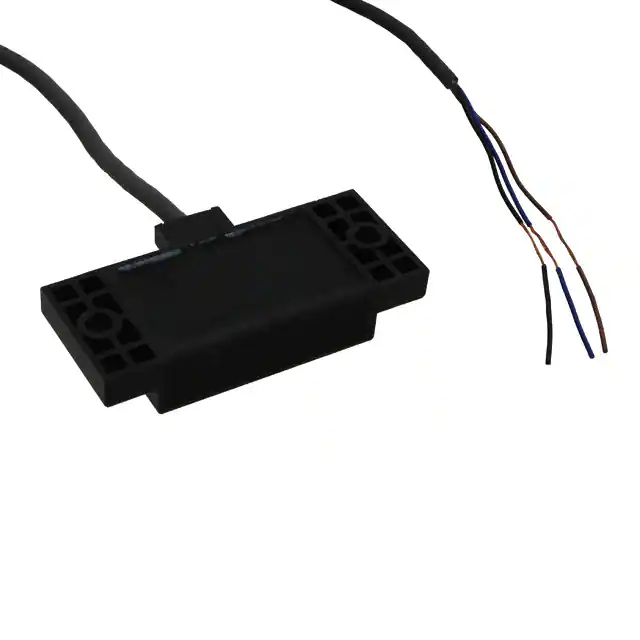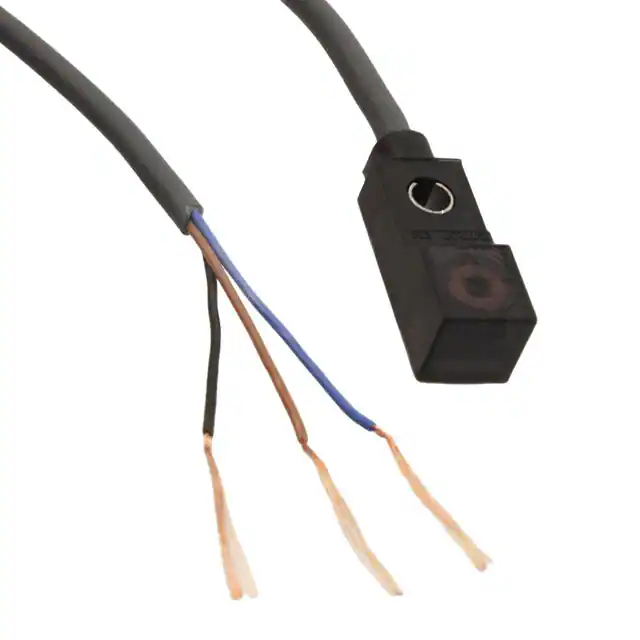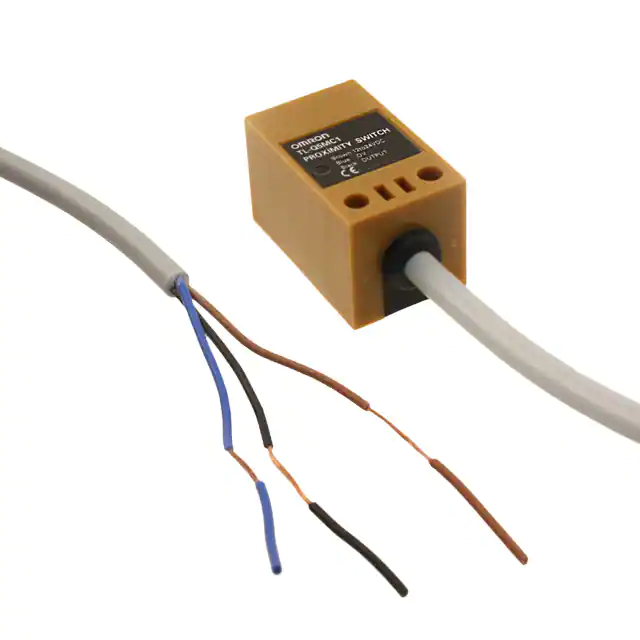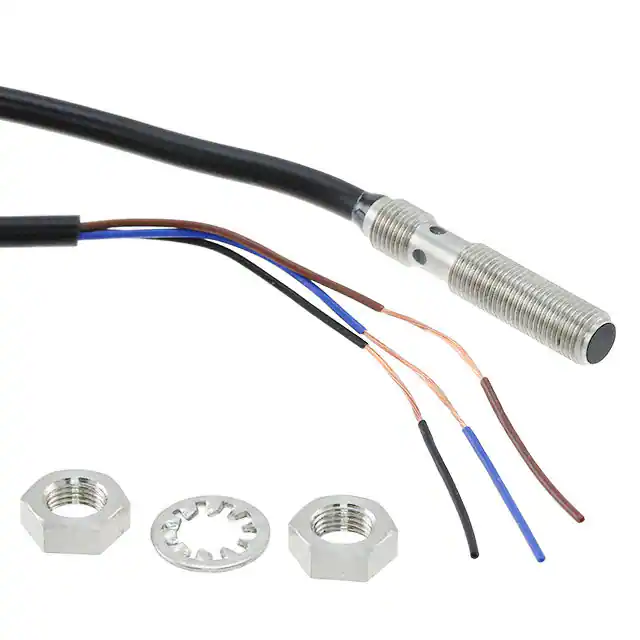Understanding LF356N: A Comprehensive Guide to its Features and Applications
Introduction:\
The LF356N is a popular operational amplifier (op-amp) that is widely used in various electronic circuits and applications. In this blog post, we will dive deep into the LF356N and explore its features, specifications, and potential applications. Whether you are an electronics enthusiast or a professional engineer, this comprehensive guide will enhance your understanding of this versatile op-amp.
1. Brief Overview of the LF356N:\
The LF356N is a high-performance, JFET-input operational amplifier that offers low input bias current and low input offset voltage. It is designed to provide superior performance in terms of gain bandwidth, slew rate, and noise characteristics. Its low input bias current makes it an ideal choice for applications that require high input impedance and excellent accuracy.
2. Key Features and Specifications of LF356N:
Input Bias Current: The LF356N exhibits very low input bias current, typically in the range of a few picoamperes. This makes it suitable for applications that require high input impedance and minimal current leakage.
Input Offset Voltage: The LF356N has low input offset voltage, typically in the microvolt range. This allows for precise DC amplification and minimizes the influence of input voltage offsets.
Gain-Bandwidth Product (GBWP): The LF356N has a high GBWP, usually in the range of several megahertz. This allows for stable and accurate amplification across a wide frequency range.
Slew Rate: The LF356N has a fast slew rate, typically in the tens or hundreds of volts per microsecond. This ensures rapid response to changes in the input signal, enabling high-speed amplification.
Supply Voltage Range: The LF356N operates with a wide supply voltage range, typically from a single-supply voltage of +5V to a dual-supply voltage of ±18V. This versatility makes it compatible with a wide range of power supply configurations.
3. LF356N Applications:\
The LF356N can be applied in various electronic circuits and systems. Some of the common applications include:
Signal Conditioning: The LF356N's low input bias current and high input impedance make it suitable for conditioning weak signals in sensors, transducers, and instrumentation systems.
Filters: The LF356N can be used to design active filters, such as low-pass, high-pass, band-pass, and notch filters. Its high GBWP and low noise characteristics enable accurate and efficient signal filtering.
Oscillators: The LF356N, combined with appropriate feedback components, can be used to design oscillators that generate stable and precise waveforms for applications in communication systems, audio circuits, and frequency synthesis.
Voltage Controlled Amplifiers (VCAs): With its fast response time and wide bandwidth, the LF356N can be employed in VCAs for applications such as audio amplification, gain control, and automatic gain control (AGC).
Instrumentation Amplifiers: The LF356N can be used to build precision instrumentation amplifiers with high common-mode rejection ratio (CMRR) and low offset voltage for accurate measurement and signal conditioning in industrial and medical equipment.
4. LF356N Circuit Design Tips:\
To maximize the performance of the LF356N in your circuit design, consider the following tips:
Proper Bypassing: Place capacitors across the supply pins (V+ and V-) close to the IC to bypass any noise or interference in the power supply.
Thermal Considerations: As with any integrated circuit, thermal management is crucial for maintaining optimal performance. Consider using heat sinks or thermal vias to dissipate heat effectively.
Grounding and Layout: Use proper grounding techniques and layout practices to minimize noise and improve signal integrity. Separate analog and digital ground planes to avoid interference.
Output Protection: Include appropriate protection circuitry, such as diodes or current-limiting resistors, to protect the LF356N from overvoltage or short-circuit conditions.
5. Conclusion:\
In this comprehensive guide, we have explored the LF356N's features, specifications, and diverse applications. Its excellent performance in terms of input bias current, input offset voltage, GBWP, and slew rate makes it a versatile choice for various electronic circuits. By understanding the LF356N's characteristics and considering the circuit design tips provided, you can effectively leverage this op-amp in your projects and applications.
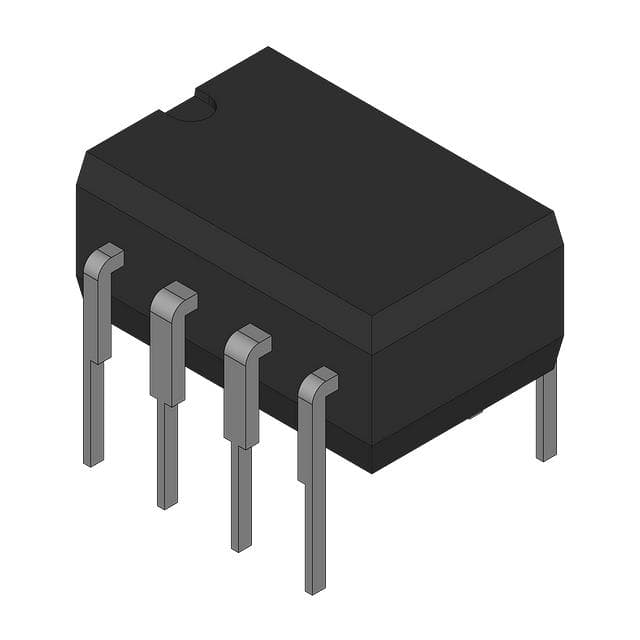
LF356N
- Part Number :
- LF356N
- Manufacturer :
- Texas Instruments
- Description :
- IC OPAMP JFET 1 CIRCUIT 8DIP
- Datasheet :
-
 LF356N.pdf
LF356N.pdf
- Unit Price :
- Request a Quote
- In Stock :
- 2888
- Lead Time :
- To be Confirmed
- Quick Inquiry :
- - + Add To Cart
Request a Quote
LF356N Specifications
- Package/Case:
- 8-DIP (0.300, 7.62mm)
- Packaging:
- Tube
- Series:
- BI-FET™
- ProductStatus:
- Obsolete
- AmplifierType:
- J-FET
- NumberofCircuits:
- 1
- OutputType:
- -
- SlewRate:
- 12V/µs
- GainBandwidthProduct:
- 5 MHz
- -3dbBandwidth:
- -
- Current-InputBias:
- 30 pA
- Voltage-InputOffset:
- 3 mV
- Current-Supply:
- 5mA
- Current-Output/Channel:
- -
- Voltage-SupplySpan(Min):
- 30 V
- Voltage-SupplySpan(Max):
- 30 V
- OperatingTemperature:
- 0°C ~ 70°C
- MountingType:
- Through Hole
LF356N Guarantees

-
Service Guarantees
We guarantee 100% customer satisfaction.
Our experienced sales team and tech support team back our services to satisfy all our customers.

-
Quality Guarantees
We provide 90 days warranty.
If the items you received were not in perfect quality, we would be responsible for your refund or replacement, but the items must be returned in their original condition.
Certified Quality
 View the Certificates
View the Certificates
 Afrikaans
Afrikaans Shqip
Shqip አማርኛ
አማርኛ العربية
العربية Հայերեն
Հայերեն Azərbaycan dili
Azərbaycan dili Euskara
Euskara Беларуская мова
Беларуская мова বাংলা
বাংলা Bosanski
Bosanski Български
Български Català
Català Cebuano
Cebuano Chichewa
Chichewa 简体中文
简体中文 繁體中文
繁體中文 Corsu
Corsu Hrvatski
Hrvatski Čeština
Čeština Dansk
Dansk Nederlands
Nederlands English
English Esperanto
Esperanto Eesti
Eesti Filipino
Filipino Suomi
Suomi Français
Français Frysk
Frysk Galego
Galego ქართული
ქართული Deutsch
Deutsch Ελληνικά
Ελληνικά ગુજરાતી
ગુજરાતી Kreyol ayisyen
Kreyol ayisyen Harshen Hausa
Harshen Hausa Ōlelo Hawaiʻi
Ōlelo Hawaiʻi עִבְרִית
עִבְרִית हिन्दी
हिन्दी Hmong
Hmong Magyar
Magyar Íslenska
Íslenska Igbo
Igbo Bahasa Indonesia
Bahasa Indonesia Gaeilge
Gaeilge Italiano
Italiano 日本語
日本語 Basa Jawa
Basa Jawa ಕನ್ನಡ
ಕನ್ನಡ Қазақ тілі
Қазақ тілі ភាសាខ្មែរ
ភាសាខ្មែរ 한국어
한국어 كوردی
كوردی Кыргызча
Кыргызча ພາສາລາວ
ພາສາລາວ Latin
Latin Latviešu valoda
Latviešu valoda Lietuvių kalba
Lietuvių kalba Lëtzebuergesch
Lëtzebuergesch Македонски јазик
Македонски јазик Malagasy
Malagasy Bahasa Melayu
Bahasa Melayu മലയാളം
മലയാളം Maltese
Maltese Te Reo Māori
Te Reo Māori मराठी
मराठी Монгол
Монгол ဗမာစာ
ဗမာစာ नेपाली
नेपाली Norsk bokmål
Norsk bokmål پښتو
پښتو فارسی
فارسی Polski
Polski Português
Português ਪੰਜਾਬੀ
ਪੰਜਾਬੀ Română
Română Русский
Русский Samoan
Samoan Gàidhlig
Gàidhlig Српски језик
Српски језик Sesotho
Sesotho Shona
Shona سنڌي
سنڌي සිංහල
සිංහල Slovenčina
Slovenčina Slovenščina
Slovenščina Afsoomaali
Afsoomaali Español
Español Basa Sunda
Basa Sunda Kiswahili
Kiswahili Svenska
Svenska Тоҷикӣ
Тоҷикӣ தமிழ்
தமிழ் తెలుగు
తెలుగు ไทย
ไทย Türkçe
Türkçe Українська
Українська اردو
اردو O‘zbekcha
O‘zbekcha Tiếng Việt
Tiếng Việt Cymraeg
Cymraeg isiXhosa
isiXhosa יידיש
יידיש Yorùbá
Yorùbá Zulu
Zulu
